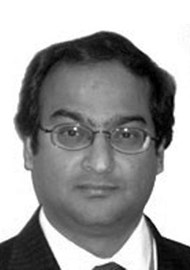Injuries to the nasal and peri-nasal region are common. Indeed the nasal bones are reported to be the most commonly fractured facial bone. While nasal trauma and deformity are commonly recognised and treated, injuries to adjacent structures are easily missed with potentially devastating consequences. Injuries to the medial canthal region, orbit, and naso-ethmoid region are easily missed in among all the post traumatic swelling and concern for the eye and preservation of vision. In particular, without proper and initial evaluation, fractures of the medial buttress and frontal process of the maxilla, the medial canthal tendon and orbit can be missed. This can lead to inadequate or underestimation of the injury and improper primary treatment and subsequent secondary deformities. Secondary reconstructions of these deformities are fraught with challenges to restore both function and form. This paper focuses on the secondary deformity of the medial canthal region resulting from inadequate primary repair of the initially displaced medial tendon apparatus. Most importantly initial discussion is on the evaluation, as most patients present with other concerns, rather than telecanthus or pseudo-telecanthus. The surgical treatment section is an excellent read and presented with real life cases and photographs. The author succeeds in a very convincing argument regarding the difficulty of secondary correction. While it is a short account, this is the distillation of years of experience and it is a valuable read to appreciate consequences of initial missed or under diagnosing trauma to the midface. The photographs are extremely appropriate in conveying the complexity or correction of the deformities.




